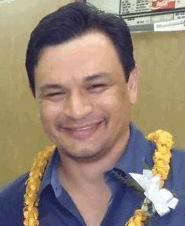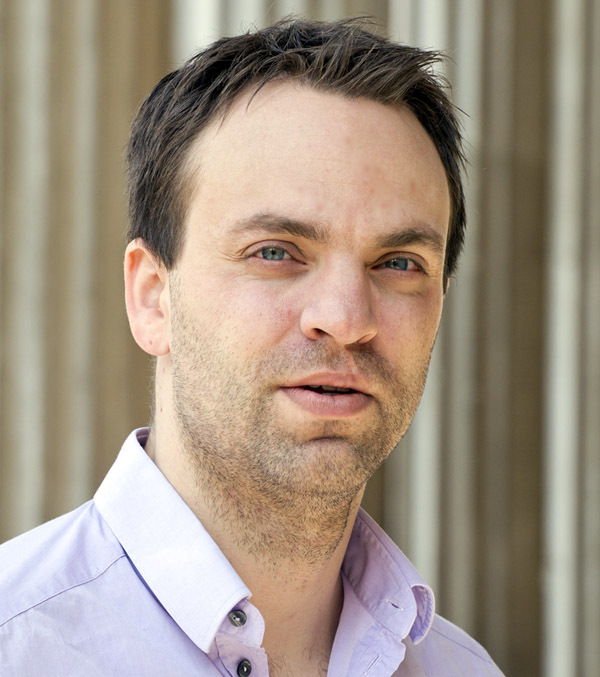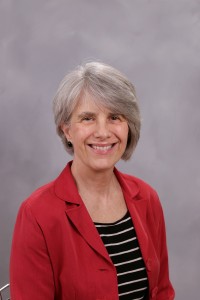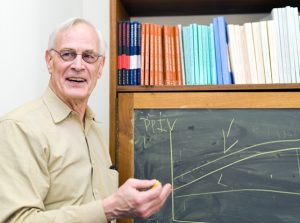"Community Norms, Collective Practices, and Partner Violence against Women in Bangladesh"
Study 1: Child marriage, before age 18, is a collective practice reflecting institutionalized male dominance and is a risk factor for intimate partner violence (IPV) against women. Worldwide, Bangladesh has the highest prevalence of IPV and very early child marriage, before age 15. How the community prevalence of very early child marriage influences a woman’s risk of IPV is unknown. Using panel data (2013–2014) from 3,355 women first married 4–12 years prior in 77 Bangladeshi villages, we tested the protective effect of a woman’s later first marriage (age 18 or older), the adverse effect of a higher village prevalence of very early child marriage, and whether any protective effect of a woman’s later first marriage was diminished or reversed where very early child marriage was more prevalent, suggesting that later marriage in such communities evokes violent backlash. Almost half (44.5%) of women reported incident physical IPV, and most (78.9%) had married before age 18. At the village-level, the incidence of physical IPV ranged from 11.4% to 75.0%, and the mean age at first marriage ranged from 14.8 to 18.0 years. The mean village-level prevalence of very early child marriage was 20.3% and ranged from 3.9% to 51.9%. In main-effects models, marrying at 18 or later protected against physical IPV, and more prevalent very early child marriage (village % married before age 15) was a risk factor. The interaction of individual later marriage and village very early child marriage prevalence was positive; thus, the likely protective effect of marrying later was negated in villages where very early child marriage was prevalent. Collectively reducing very early child marriage may be needed to protect women from IPV.
Study 2: Men’s perpetration of intimate partner violence (IPV) is common, but its multilevel determinants are understudied. Using a probability sample of 570 married men 18–34 years in 50 urban and 62 rural communities in the Bangladesh survey of the 2011 UN Multi-Country Study of Men and Violence, we tested for (a) a positive relationship of more equitable community gender norms among senior men (n=938; married, 35-49 years) and (b) a negative relationship of a junior man’s greater exposure to childhood violence with his lifetime rate of physical IPV perpetration (n=570; married, 18–34 years). We also tested whether more equitable community gender norms mitigated the rate of physical IPV perpetration associated with more childhood exposure to violence. Among younger married men, 50% reportedly ever perpetrated physical IPV, the mean lifetime number of physical IPV types perpetrated was 1.1 (SD 1.3) out of 5.0 listed. A majority (64%) reported childhood exposure to violence. In multilevel Poisson models, a man with more childhood exposure to violence had a higher log rate (Est. 0.31, SE 0.04, p<.001) and a man living amidst the most equitable gender norms had a lower log rate (Est. -0.52, SE 0.19, p<.01) of perpetrating physical IPV; however, no significant cross-level interaction was observed. Interventions that address the trauma of childhood violence and promote more equitable community gender norms may be needed to mitigate IPV perpetration by younger men.
View Podcast Here
















